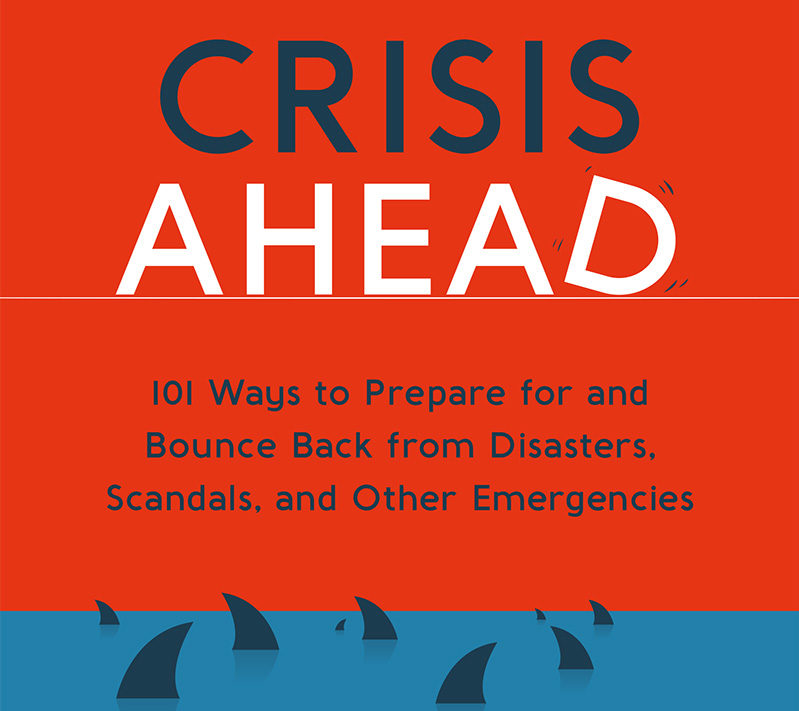Boeing Faces New Challenges After FAA Removes Ban on 737 MAX
[Portions of the following blog originally appeared as a post on Forbes.com that Edward Segal wrote as a Leadership Strategy contributor. His other posts on Forbes.com can be read at https://www.forbes.com/search/?q=Edward%20Segal&sh=696c69c8279f]
The recent decision by the Federal Aviation Administration to lift its ban on Boeing’s 737 MAX marks the end of one chapter of this crisis for the airplane manufacturer and the beginning of another. The company must now convince airlines that it is safe to return the planes to service, buy new ones, and overcome the fear people have in flying on them.
None of this is likely to be easy.
“The public will not accept a corporate statement that all is OK, [that] the planes are safe, and it is time to move on,” according to Jeffrey Davis of J. Davis Public Relations in Baltimore, Maryland.
Caroline Sapriel, managing partner of crisis management firm CS&A International, said “It will take time and this black mark on their history may never be completely erased.” She compared it to Exxon that “will forever be associated with the Exxon Valdez disaster, with BP’s Gulf of Mexico oil spill, and others who have failed to demonstrate values and leadership in times of crises.”
Ensuring Transparency
Transparency will be important is helping to restore public trust.
Boeing will need to explain the steps they are taking, and not just announce that the planes can fly again, Davis noted. “The company needs to demonstrate how they will ensure the safety procedures are in place, what they entail, and the literal steps they are taking. Show pilots in training classes and in flight simulators. Interview the CEO onboard the first flight. The public will want to see these steps in action.”
The airplane manufacturer should “share the facts, explain the process that they went through with the regulators, and offer details on what went into developing and installing the new technology and what makes it better,” Davis recommended.
Learning From Their Mistakes
It is possible for companies, like people, to learn from their mistakes. But what, if anything, has Boeing learned from this crisis, and will it be enough?
“Boeing was slow to apologize for the two fatal 737 Max crashes, an error in communications that cost the company both reputation and value. However, there are signs that Boeing has learned from its communications mistakes,” according to Laura Guitar, a partner at rbb Communications and leader of the agency’s Crisis Communications & Issue Management Division.
The company is apologizing more often and taking a more proactive approach with the media, which are good signs that lessons have been learned, she said. “However, recovery is going to require Boeing to do more than communicate better. Recovery is going to require Boeing to retool its culture as completely as it has the 737 Max.
“The corporate culture that supported installation of the MCAS without pilot awareness or training must be intentionally transformed. Better communication is not the key to Boeing’s recovery. A culture shift that puts long-term security above short-term expediency is tantamount to the company’s ultimate survival,” Guitar said.

